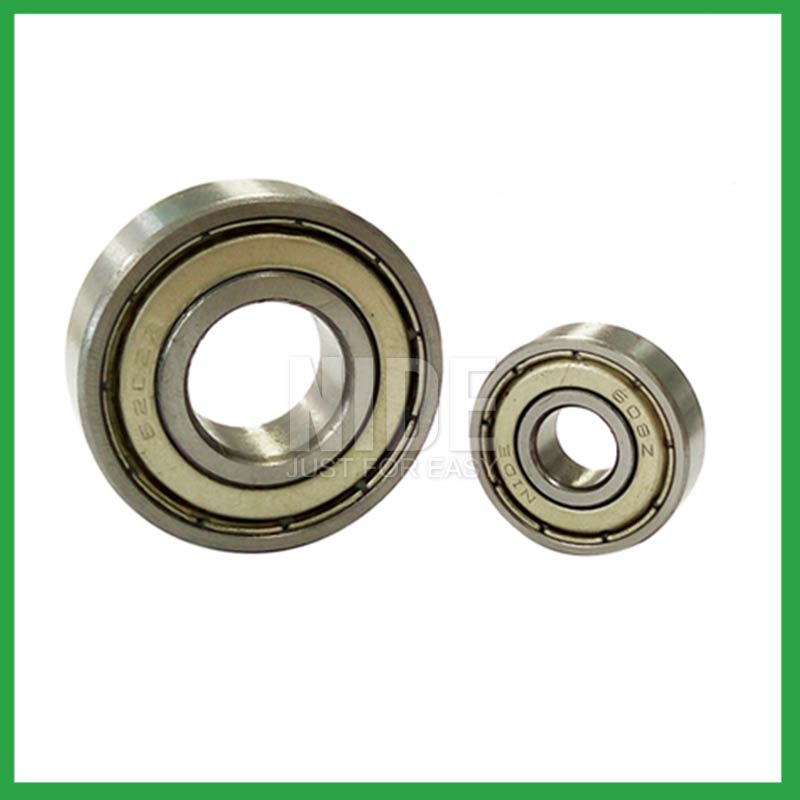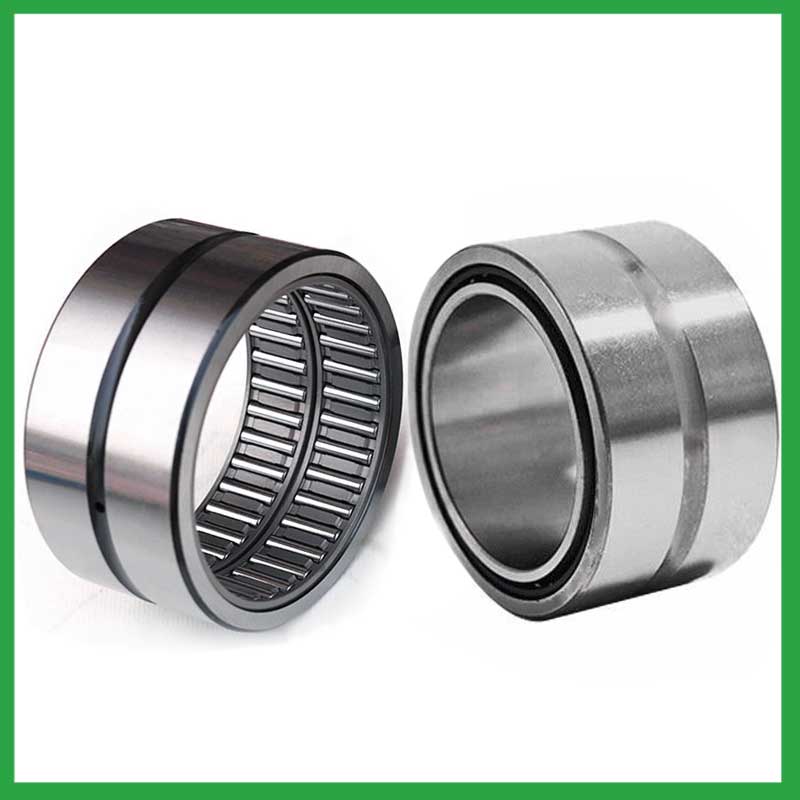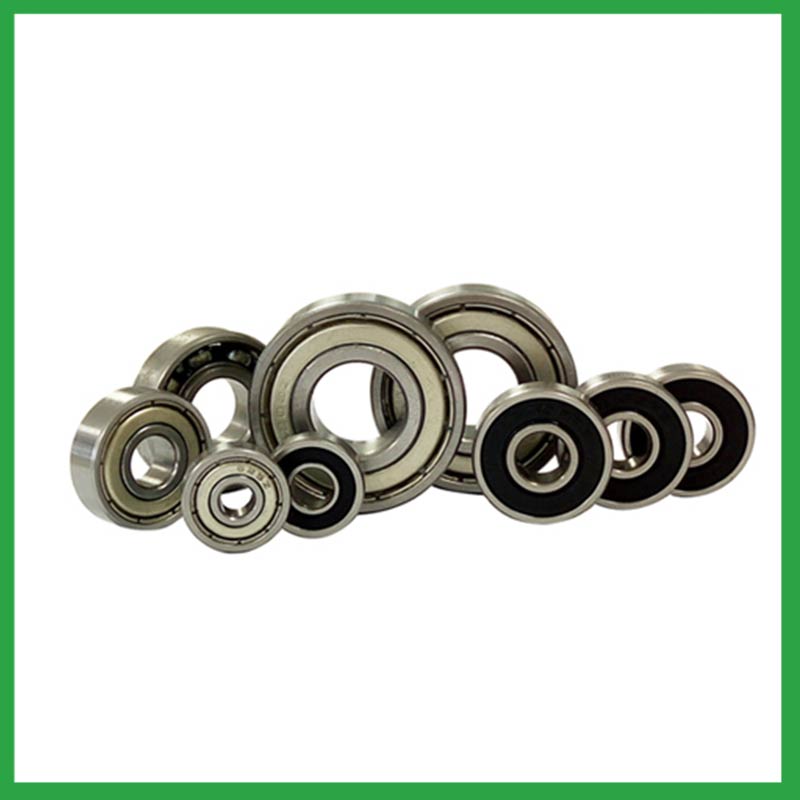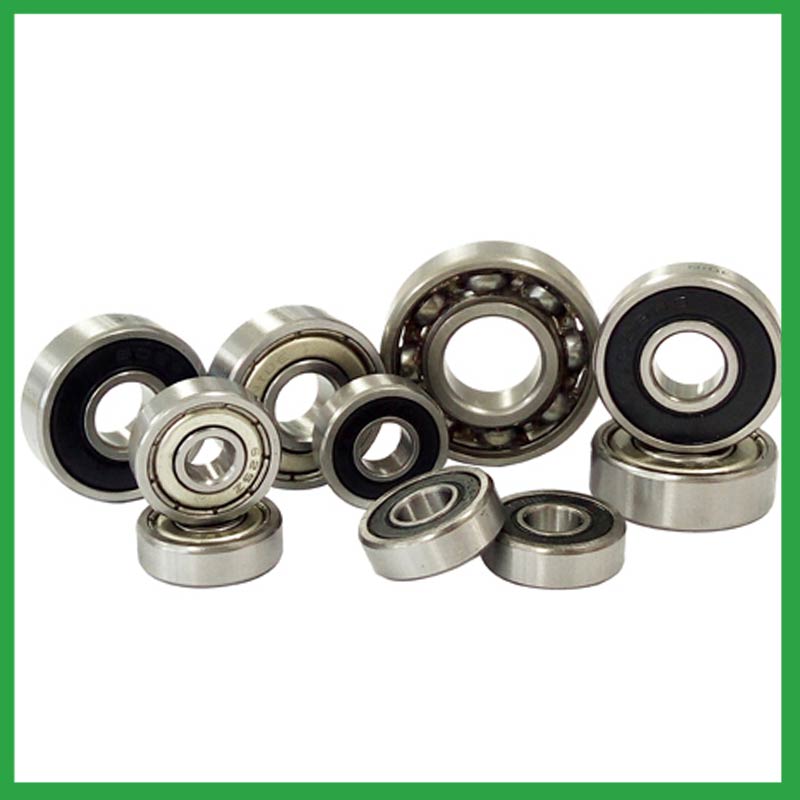PRODUCTS
CONTACT US
Ningbo Nide International Co., Ltd.
一一
· Contact person:Jack Zeng
· Mob/Whatspp/WeChat:0086-13738869026
· Email:emarketing@nide-group.com;marketing4@nide-group.com
· Add:No. 169, Wohushan Road, Daqi Subdistrict, Beilun District, Ningbo, China

Nide team could manufacture ball bearing as per customer’s drawing and samples.
If customer only has samples, we could also design drawing fo r our customer.
We also provide customized service.
Our ball bearing is widely applied the different industrials.
Ningbo Haishu Nide International Co., Ltd is a professional ball bearing manufacturer in China, exporting various high-precision bearings to target industries around the world since 2010. The factory is located in Suzhou, with a factory area of 9000 square meters and 102 employees. It mainly produces single machine and fully automatic production lines for BLDC motor winding machine,external rotor production machines,rotor assembly line,motor assembly line and other customized machine tools or production lines.
We has professional technology and rich experience in quality control, customs clearance, commodity inspection, cargo transposition, insurance.We has rich stocks and is able to provide long tern stable supply, including rapid and urgent cargo handing . With companies in Europe, America , Japan and Korea, we are an integrated supplier of bearing, marketing all over the world.

| Parameter | Information |
| Product Name | ball bearing cages |
| Brand Name | Nide |
| Place of Origin | Ningbo,Zhejiang,China |
| Type | Ball |
| Material | chrome steel, etc. |
| Sample | Avaible |
| Warranty | 3months-1year |
| Lubrication | Dry/ Oil |
| Application | aviation engines, etc. |
| Port | Ningbo/Shanghai |
| Size(mm) | customize |
| Export Country | Argentina,Brazil,South Korea,Uruguay,Seychelles,Hungary,Netherlands Antilles...etc |
| Export region | Africa,Oceania,Europe... |
| Certification | ISO 9001 Certification,CE-insulation paper inserting machine,CE-stator coil winding machine,etc |
| Precision Rating | as per customer's requirement |
| Feature | Simple structure,High speed...etc |
| Packaging Details | Suitable for sea transportation |
| Color | gray+customized |
| Seals Type | Rubber seals |
| Service | Prompt Delivery |
| Supply Ability | 100000-500000 Piece/Pieces per Month |
| Lead time (days) | 15-20 (To be negotiated) |
Please note: The above table data is for reference only. For specific information, please contact us.
The precision range of ball bearing cages is from ABEC7 to ABEC9, with a particle size of 0.3 μ m. Among them, ABEC9's ball bearings have the best precision range and are widely used in the electronics industry, precision measurement industry, and so on.
During the disassembly process, the outer shell should be kept intact to avoid unnecessary damage;
When replacing installation components, attention should be paid to the accuracy of the support components to prevent deformation;
During the disassembly process, attention should be paid to protecting the surface quality of the ball bearing to ensure its performance;
During the operation, attention should be paid to removing surface dust to ensure the quality of the ball bearing.
Ball bearings have many advantages, making them highly competitive in the market.
Firstly, they are very durable and have good wear performance, making their service life longer than many other types of bearings.
Secondly, they are easy to install and can provide low friction performance in various applications.
Thirdly, they require a relatively low level of maintenance, making them cost-effective.
In addition, compared to many other types of bearings, their purchase cost is relatively low, making them an economical choice.




ball bearing cages---FAQs Guide
2.What is the typical noise level associated with ball bearing cages, and how are noise-reduction techniques applied?
3.How do preloaded ball bearing cages enhance rigidity and reduce clearance in high-precision applications?
4.Can ball bearing cages be used in vacuum or cleanroom environments, and what measures are taken to prevent outgassing or contamination?
5.How do manufacturers ensure the quality and reliability of ball bearing cages through material selection and precision machining?
6.As a ball bearing cages manufacturer,How Can We Guarantee Quality?
7.Can ball bearing cages be used in both vertical and horizontal orientations?
8.Are there self-aligning ball bearing cages that accommodate misalignment and shaft deflection in rotating equipment?
9.What are the standard sizes and dimensions of ball bearing cages?
10.About ball bearing cages,Can I add my own logo?
11.How do sealed ball bearing cages prevent the ingress of contaminants and extend the bearing's service life?
12.What is the significance of ball bearing cages lubrication, and how does it affect bearing lifespan and performance?
13.As a ball bearing cages manufacturer,Your product certifications?
14.Are there ongoing research and development efforts aimed at improving ball bearing cages materials, designs, and lubrication techniques?
15.Where can ball bearing cages be used?
16.About ball bearing cages,Will you check the products before shipment?
1.How do ball bearing cages provide smooth and controlled motion in various mechanical systems, such as conveyor belts or automobiles?
In essence, ball bearing cages operate on the principle that it's far more efficient to roll over surfaces than to slide, thereby significantly reducing friction and facilitating smooth movement of machinery parts.
2.What is the typical noise level associated with ball bearing cages, and how are noise-reduction techniques applied?
To measure in accurate way the ball bearing cages noise under rotation during their manufacturing process is a key activity particularly in the production of medium, small and ultra-small deep groove ball bearings. This capability in bearings noise analysis has become the real distinguishing element between a standard bearings noise equipment and a superior class one.
The various types of vibration and sound in rolling bearings can be grouped in four main categories: structural, manufacturing, handling and other. The structural vibration consists mostly of race, click, squeal and cage noise: it can be continuous or intermittent depending on specific cases. The manufacturing vibration is instead related to the waviness noise generated by the geometrical imperfections of inner and outer ring and of rolling elements, being always continuous in nature. The so-called handling vibration is normally associated with flaw and contamination and is generating – in most of the cases – irregular noise. Then there are other types of vibrabition that include noise generated by sealing and lubricant (irregular) or by runout (continuous).
3.How do preloaded ball bearing cages enhance rigidity and reduce clearance in high-precision applications?
Enhance Rigidity: By applying a controlled axial force, preload increases the bearing's resistance to external forces and moments. This heightened rigidity is essential in applications where any deflection or misalignment must be minimized, such as in machine tools or robotic systems.
4.Can ball bearing cages be used in vacuum or cleanroom environments, and what measures are taken to prevent outgassing or contamination?
Bearings specify stainless steel for vacuum or cleanroom applications as stainless steels used for the rings, balls and retainer exhibit low outgassing. They usually supply open or shielded stainless steel bearings as vacuum bearings as these will outgas less than a nitrile rubber sealed bearing.
5.How do manufacturers ensure the quality and reliability of ball bearing cages through material selection and precision machining?
High-precision measuring instruments, such as micrometers and gauges, are used to check the dimensions of the rings and balls to ensure they meet tight tolerances. Surface Finish Inspection: Surface finish is assessed using profilometers to ensure the required smoothness and low friction characteristics.

6.As a ball bearing cages manufacturer,How Can We Guarantee Quality?
Always a Pre-production Sample Before Mass Production;Always Final Inspection Before Shipment.
7.Can ball bearing cages be used in both vertical and horizontal orientations?
Sleeve Bearings: Sleeve bearings, also known as plain bearings, employ a simple yet effective mechanism. A cylindrical sleeve separates the rotating shaft from the stationary portion of the bearing, reducing friction and enabling smooth rotation. Sleeve bearings are characterized by their quiet operation, cost-effectiveness, and suitability for horizontal mounting orientations.
Ball Bearings: Ball bearings introduce small metal balls between the moving parts, providing enhanced durability and reduced friction. This design allows for smoother and more efficient rotation, making ball bearings well-suited for high-performance applications and vertical installations.
8.Are there self-aligning ball bearing cages that accommodate misalignment and shaft deflection in rotating equipment?
These ball bearing cages are particularly suitable for applications where misalignment can arise from errors in mounting or shaft deflection. A variety of designs are available with cylindrical and taper bores, with seals and adapter sleeves and extended inner rings.
9.What are the standard sizes and dimensions of ball bearing cages?
ball bearing cages size charts are widely available, and can be used to find the measurements of a specific bearing. Series 6200 and 6300 are the most commonly used, and typically range from 10 x 30 x 9 mm (. 394 x 1.181 x . 354 in) to 150 x 320 x 65 mm (5.906 x 12.598 x 2.559 in).
10.About ball bearing cages,Can I add my own logo?
Yes, you can add your logo on bearings and packing box. We supply OEM SERVICE including bearing's size, logo, packing, etc.

11.How do sealed ball bearing cages prevent the ingress of contaminants and extend the bearing's service life?
Contact seals are a type of seal where the sealing lip physically touches the inner raceway of the ball bearing cages. They create a narrow line or zone of contact that forms a barrier to prevent the escape of lubricants and the ingress of contaminants. Because the seal keeps dirt and other contaminants out, it can offer a longer operating life of the bearing or prevent premature bearing failure. Sealed bearings can be considered lubricated for life, which eliminates the need for a relubrication process.
12.What is the significance of ball bearing cages lubrication, and how does it affect bearing lifespan and performance?
Bearing lubrication is vital for preserving the performance and lifespan of rolling element bearings. Lubrication helps separate moving parts relative to one another, such as rollers and raceways or balls, to prevent wear and tear and friction.
13.As a ball bearing cages manufacturer,Your product certifications?
ISO9001:2015 certificate,ISO 9001 Certification,CE-stator,etc.
14.Are there ongoing research and development efforts aimed at improving ball bearing cages materials, designs, and lubrication techniques?
A custom ball bearing cages can satisfy almost any customer’s needs. Your application may need a needle roller or ball bearing, a radial or angular contact design, a plain carbon steel bearing with anti-corrosion coatings or stainless steel, a thrust bearing or a spherical bearing, tight or loose radial play, sealed or non-sealed designs
15.Where can ball bearing cages be used?
ball bearing cages are very versatile. They can be designed to withstand radial loads, axial loads and combined radial/axial loads at various operating speeds. These characteristics, combined with the relative cost and compactness of the design, give it universal appeal within the industry. Ball bearings are widely used in electric motors, gear reducers and pumps. Serving the automotive, home appliances, aerospace, oil and gas drilling, and mining sectors.

16.About ball bearing cages,Will you check the products before shipment?
Yes, We have a professional QC team. Products will be strictly inspection before shipment.

